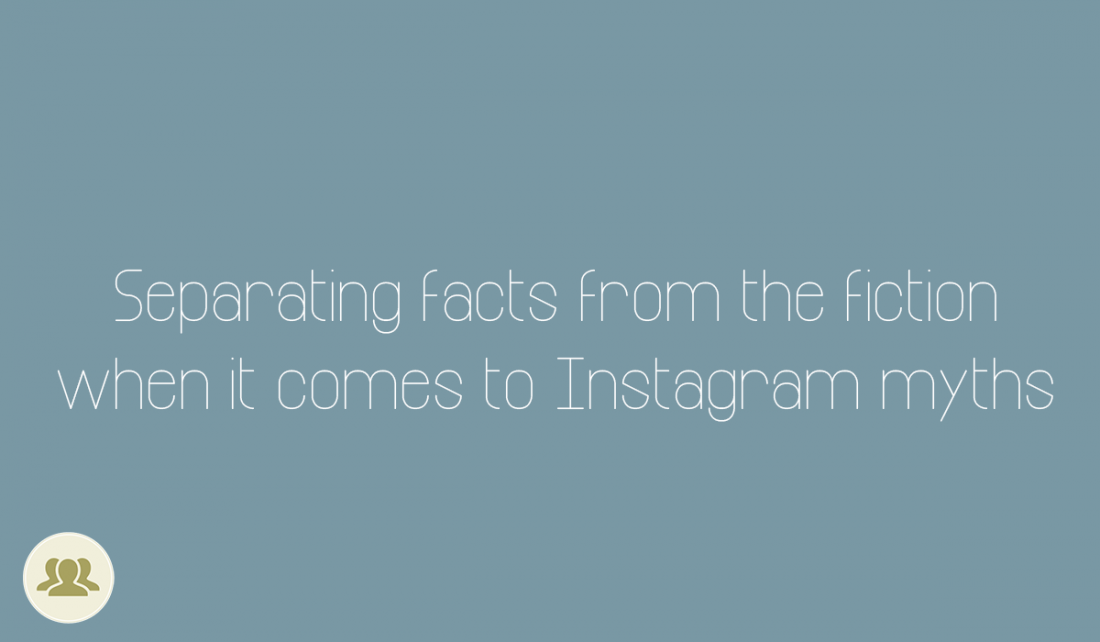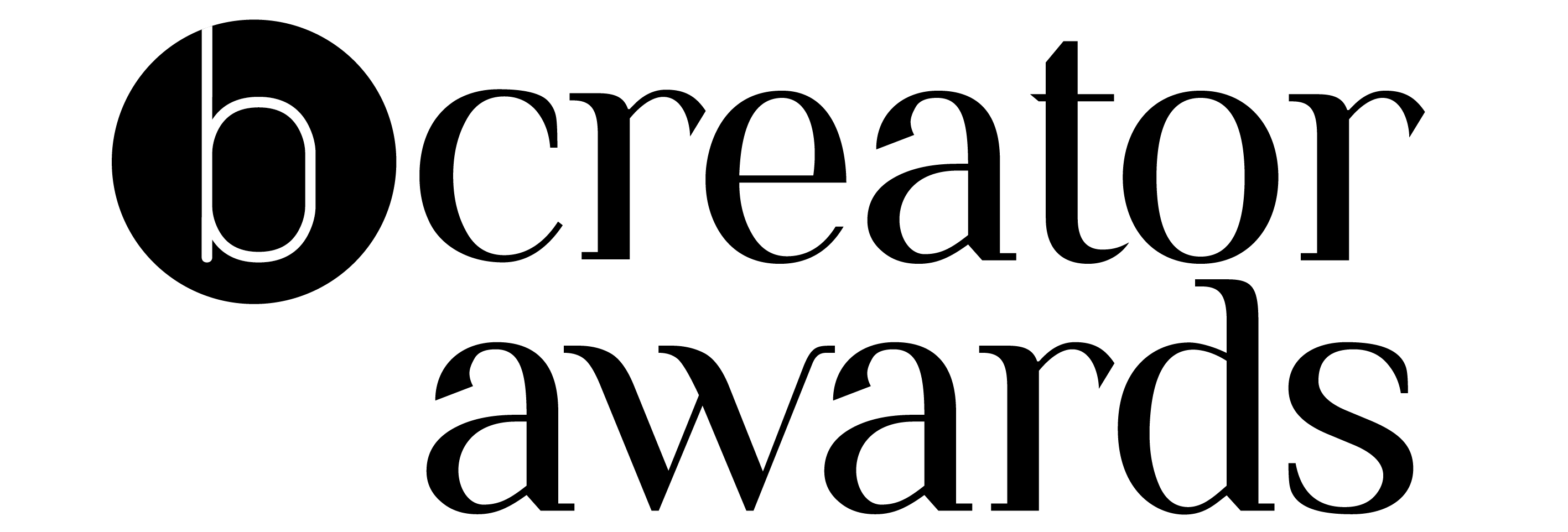From shadowbanning posts to limiting the reach of organic content, it can sometimes feel like Instagram is working against their user base. Albertine Brandon, of AlbertineSarah, separates the facts from the fiction when it comes to Instagram myths

Since its launch in 2010, Instagram has become the destination for visual content. Over the past nine years the app has accumulated 1 billion active accounts, so it’s no surprise that during the rapid growth of the platform (and their sale to Facebook in 2012) there has been a shift of focus from celebrating organic content to helping brands advertise to their target audiences. For years many influencers, including myself, have felt dejected by Instagram and demotivated by the feeling that, no matter what ‘hacks’ we try, we simply cannot get our content seen by our audience, or grow on the app.
Instagram first introduced an algorithm to their app in 2016, and since then users have seen a dramatic drop in engagement on their content. As users have become increasingly frustrated with Instagram, I’ve noticed a fair few myths pop up about how to ‘beat the algorithm’, and what Instagram is doing to limit the reach of organic content. Until recently Instagram have stayed fairly silent about these rumours (which I think only adds fuel to the fire). As much as I want to claim to just use Instagram to share content I love, I have to admit that I do care about the reach of my posts and the growth of my account. So, I thought I would set off on a myth busting journey and share my findings with you…
Myth #1 Instagram shadowbans posts
I think we’ve all experienced a scenario similar to this – you post a photo to Instagram that you’re really excited to share, you’re SURE it’s going to go down well with your audience and perform well on the hashtags you use, you share it at a peak time (when your followers are most active) and… it goes down like a lead balloon. The likes struggle to come in and barely anyone is seeing the post.
I’ve heard rumours circulate about Instagram shadowbanning posts for years now, with the most common theory being that they ban posts from accounts that frequently use the same hashtags on their posts (as they see this use of hashtags as ‘spammy’). The suggested solution was to use different hashtags on each new post and make sure you’re using a combination of highly popular (1 million+ posts) and less popular (10,000-100,000+ posts) hashtags to increase your chances of being seen by people browsing the app. There seemed to be some truth behind the shadowban myth as some people couldn’t see their posts under the hashtags they used when they checked from a different account, but until recently it was a myth that Instagram dismissed…
Kaye Ford, @Fordtography on Instagram, believes Instagram is shadowbanning accounts, especially if their content is flagged by fellow users (regardless of if the report was justified or not).
“I got shadowbanned after being reported for ‘self harm content’, which is so far away from my actual content,” said Kaye.
“I became invisible even in my own hashtag for two weeks and lost the motivation to post as nobody new was seeing me. The weird thing is I still reached 1,000+ accounts per post. But followers-wise I was stagnant and overall engagement, reach and impressions were low. And all you can do is wait two weeks and then magically your reach comes back.”
Interestingly, Instagram have recently backtracked on dismissing this myth, and have actually confirmed it as true. In April this year they admitted to demoting posts they deem ‘inappropriate’ (although these posts don’t violate the community guidelines). They have yet to elaborate on this statement, but have implied that it is ‘sexually suggestive’ content that they shadowban on the platform. It is thought that this impacts sex workers who use the app most, and while that explains some of the theories about accounts being shadowbanned, it doesn’t adress the wider issue of people’s content being hidden for seemingly no reason at all.
In their statement Instagram said: “Today we discussed how Instagram is working to ensure that the content we recommend to people is both safe and appropriate for the community. We have begun reducing the spread of posts that are inappropriate but do not go against Instagram’s Community Guidelines, limiting those types of posts from being recommended on our Explore and hashtag pages. For example, a sexually suggestive post will still appear in Feed if you follow the account that posts it, but this type of content may not appear for the broader community in Explore,
or hashtag pages.”
Myth #2 Instagram limit the reach of organic posts
Since the introduction of ADs (and the ability to pay a bit of money to boost posts) to Instagram, there have been murmurings of Instagram limiting the reach of organic content to encourage people to spend to reach their audiences. How often have you been told that your post is ‘performing 80% better than your other content’ before being told you should put some money behind the post to boost its reach? It’s disappointing to think that Instagram may be purposefully limiting the reach of organic content, especially as the platform was built off of amazing content created by individuals. Since the involvement of Facebook in Instagram, many people have noticed Instagram copy Facebook’s approach towards organic content and the reach of posts (especially when it comes to content produced by brands).
In 2014, Facebook began recommending to business pages that they ‘boost’ their posts in order for them to be seen by a wider audience, and therefore attract more customers. Since then there has been a lot of speculation about the effectiveness of these boosts (with Facebook refusing to share in depth analytics about the audiences that are reached when posts are boosted).
Instagram now have a similar approach to organic content, frequently suggesting that users boost their content to reach more people. In fact, some people feel the only way to have their content seen by their audience is to pay to boost their posts.
Maria, @mariajblogs on Instagram, frequently feels frustrated by the fact that her posts have their reach limited – especially around the time of big updates on the platform.
“It feels like Instagram is a bit of a mess at the minute with constant crashes and updates; whenever they change things around I notice a problem with my reach. I go from reaching more people than are even following me (52,000+ people follow my account), to having days where I’ll reach under 10,000 accounts.
“It means I don’t know where to stand with charging for posts and go through periods of completely doubting my content. I’m not against the non- chronological algorithm, I just think they need to be more honest and consistent with users.”
Instagram published a press release in early June that seemed to confirm that this myth is true – the article included a quote from Liat Weingarten, VP of Brand Communications at Old Navy which said: “We’ve long seen that customers want to discover fashion through trusted sources who have credibility, but organic reach on that content has become increasingly limited. So we’re consistently looking for more sophisticated ways like Branded Content ads to serve partner content to the right shoppers, instead of just throwing it into the social ether.”
The inclusion of the quote in the article suggests that Instagram are aware of the limitations of reach of organic posts on their platform and are encouraging brands and creators to explore boosting content to reach more people.
Myth #3 Engaging for 30 minutes before/after posting will boost engagement
Since the introduction of the algorithm (and the restriction of reach of organic content) people have, unsurprisingly, been exploring ways in which they can give their content a bit of a boost and reach new audiences on the platform. One of the most common ‘hacks’ that I’ve heard is that engaging for 30 minutes just before/after posting your content will improve its performance on the hashtags you’ve used. The idea is simple – select the hashtags you want to use in your caption then spend a chunk of time engaging with content on those hashtags around the time that you share your own content. It’s thought that if you are ‘active’ on hashtags, your content will be favoured and more likely to appear on the ‘top’ page for the hashtag.
This is the myth I’m most dubious about, because unlike the previous two there’s been no real confirmation or denial from Instagram. In fact, I’ve heard just as many people claim this has no impact on the performance of their content as I’ve heard rave about it working. In my personal opinion, Instagram is a platform that was created for sharing content, so engaging with other people’s content can’t harm us (and who doesn’t love receiving a lovely comment on their post they’ve worked hard on?). But I’ve yet to see a real pattern between engaging with content on hashtagsand my own content performing well, so it seems this can be a very hit and miss tactic.
Sophie Kate, @sophiekateblogs on Instagram, feels that this tactic doesn’t really help her account to gain followers, but it does help when it comes to engaging your current followers.
“I’ve noticed that engaging with posts just before I post my own content helps with increasing the number of comments. That said, it’s never really helped in terms of gaining new followers, or increasing the amount
of likes on my posts, so I’m sceptical about it helping your posts to be seen by a new audience.”
While it’s easy to get caught up in the Instagram ‘game’, and look for hacks to help you to grow, ultimately I don’t think chasing solutions to these mythical problems helps (and when you can’t find a quick fix, it can leave you feeling frustrated and uninspired!). The most important things to focus on are a) creating content that you, and your audience, love and b) following people you want to engage with, and using the app to inspire you and connect with fellow creatives.
